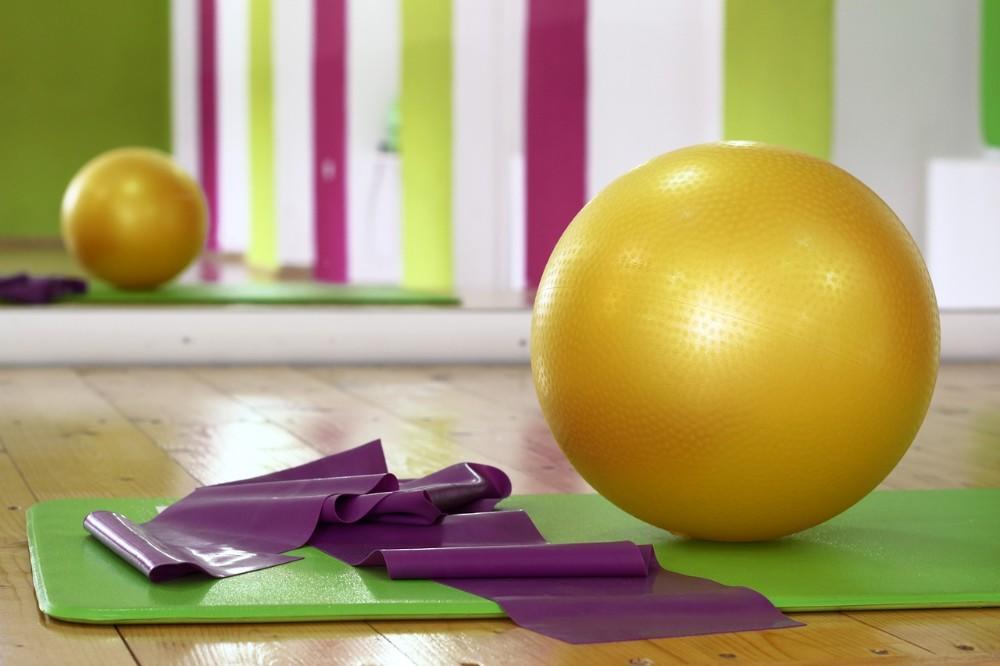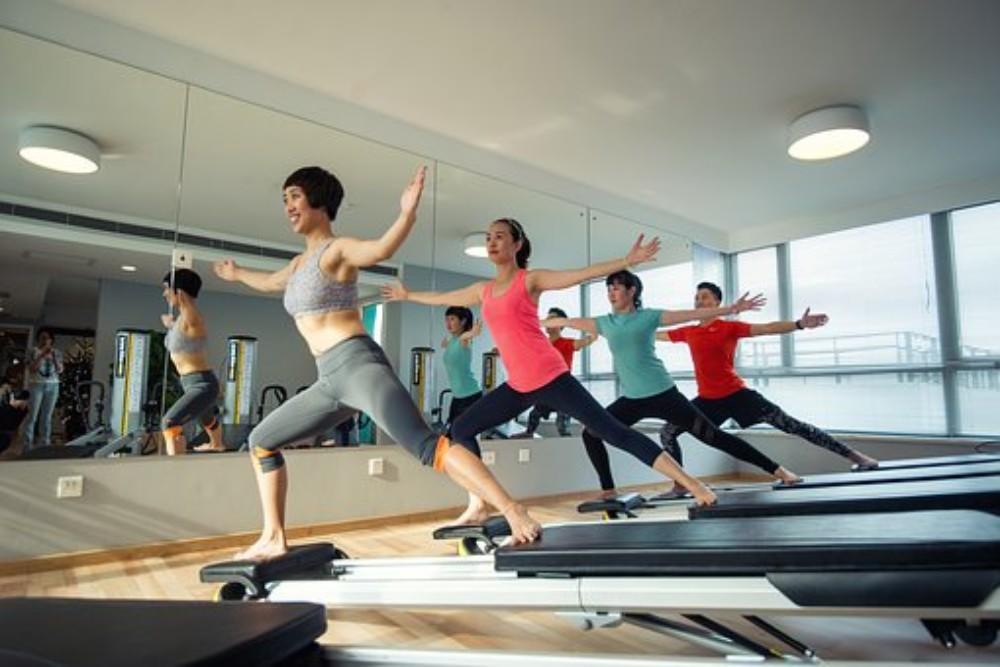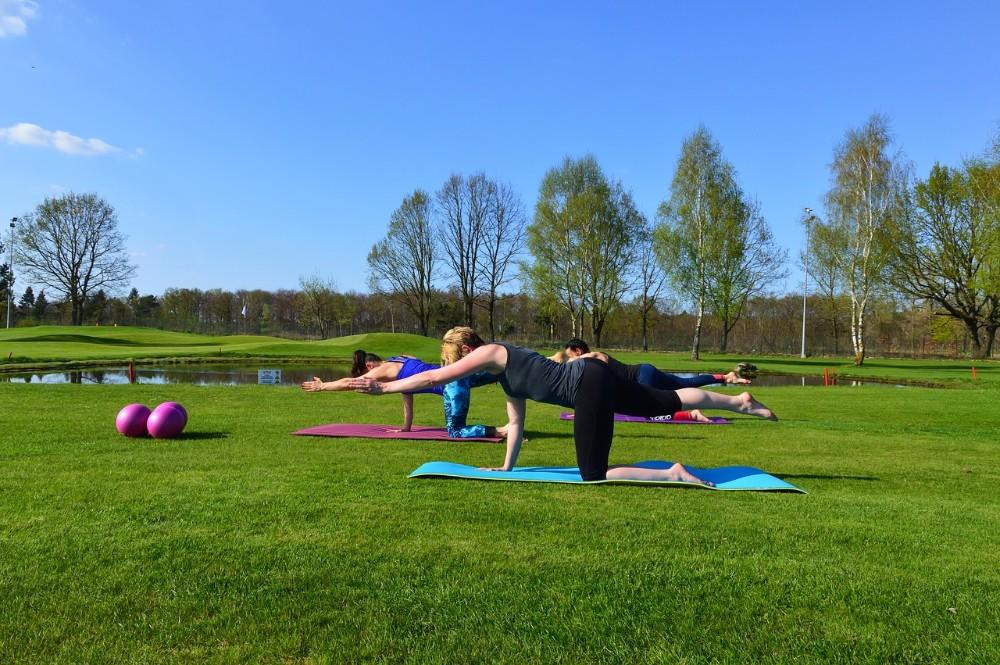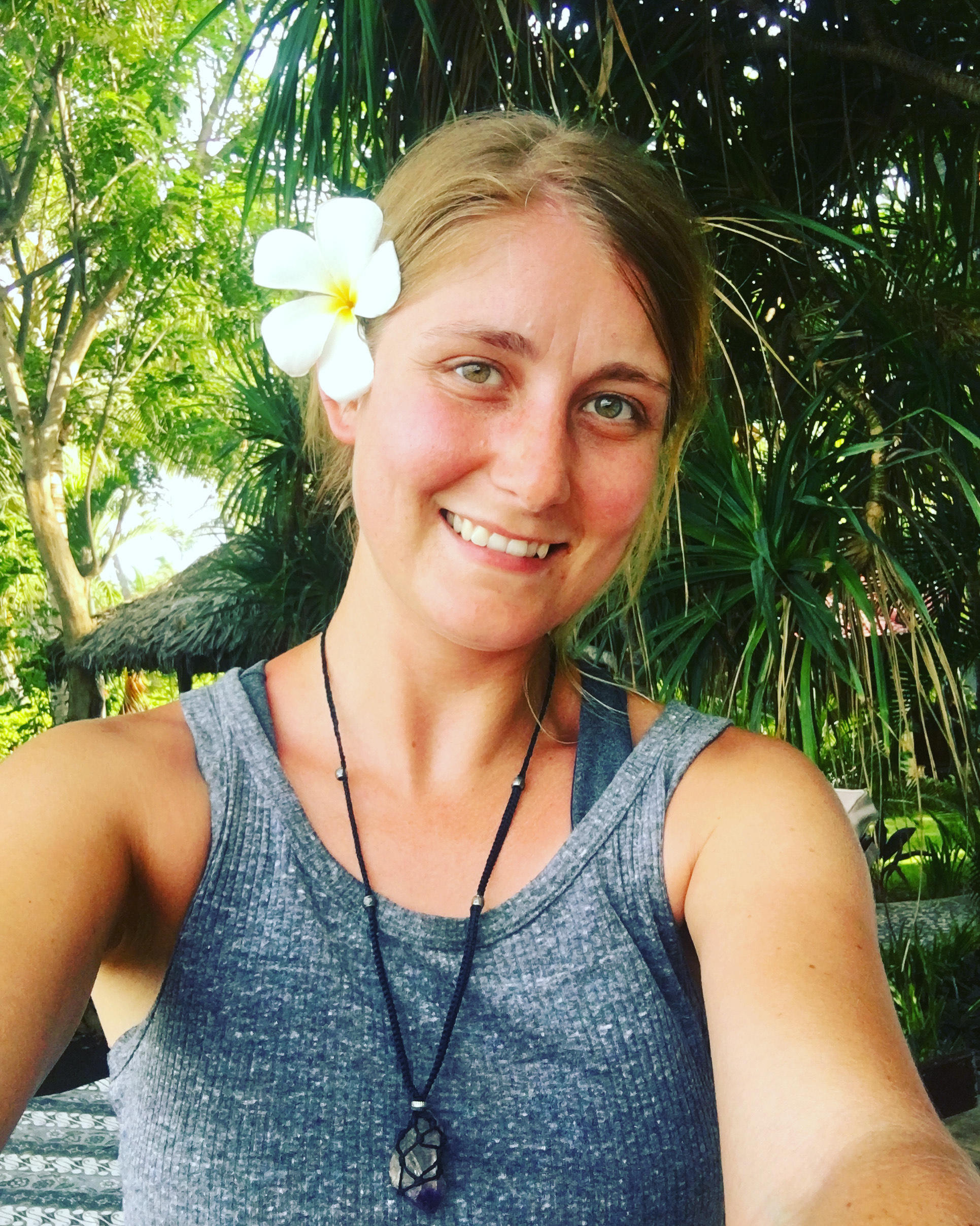“Pilates: Because smaller muscles need love, too.”
Have you decided to take the first step towards practicing Pilates? Congratulations! It is the beginning of an exciting new journey that has numerous health and physical benefits in store for you. We know that starting with something completely new can be daunting that is why we are here to help you start your Pilates journey with confidence.
Today, we will be diving into various topics including the styles of pilates exercises for beginners, helpful tips and the class options that is available to you.


Styles of Pilates
People often have a picture about Pilates and those that are not familiar with the exercise think that it’s one type of exercise. But in fact, there are 6 key styles of Pilates. All of the styles are based on the core principles of classical Pilates; breath, concentration, control, precision, centre and flow.
Each style sprouts forth it’s own unique practice because each of them focusses on different improvements of the body. So, depending on what your goals are and what you would like to work on you will select the appropriate style.
Let’s have a more in-depth look at the six styles Pilates has to offer:
-
Classical & Contemporary Pilates
Another popular term for classical pilates is contrology. This style originated during the 1920s. It was created by Joseph Pilates and the centre of this exercise is full body strength and mind. The workout is done in a particular sequence. When you practice classical Pilates you will do mat and apparatus work which will give you the opportunity to move your body through a full range of movement.
Contemporary pilates is where things like physiotherapy are combined with classical pilates. With this style instructors are continually developing different postures to not only fit the practitioners style but to help reach the objectives and goals of the student. This style is often recommended for rehabilitation, pre-natal and post-natal individuals.
Both these styles have one thing in common; they focus on strengthening the core which is the most important component to a successful journey. Therefore, they are ideal for beginners to start out with.
You can also easily find them at gym or private studios.
-
Polestar Pilates
Polestar pilates is an holistic approach to Pilates and focusses on whole body wellness. This means that you can find healing through movement with the mind-body-spirit connection. It was founded in 1992
-
Stott Pilates
This style of Pilates mainly focusses on spine alignment. If your goal is to improve your balance and alignment this style will be the best choice for you. Another benefit of this style is that it improves the muscles surrounding the joints.
-
Reformer Pilates
Reformer Pilates is done using a Reformer machine. This style of Pilates is great for preventing injury and injury rehabilitation. Why? This machine is designed to add resistance to perform more intense and dynamic movements whilst helping you to perform them gently.
-
Clinical Pilates
A physiotherapist will combine physiotherapy and Pilates to create a group of movements designed to assist in rehabilitation and recover from an injury. They will work out a special program that is unique to your situation.
These are the most popular styles of Pilates, however, there are other styles that have not been mentioned.

Classical Pilates takes place in a studio environment and is run closely in line with the classical Pilates movements. Photo Source: Pixabay
A Few Basic Exercises
As mentioned previously, it is vital to get the basic movements and techniques under your belt. Although there are a total of 34 moves we will be looking at five of them in this article. Here are a few postures and movements to expect during your first few classes:
- Pelvic Curl: With this movement you will lie on the floor on your back with your knees bent and your arms on the mat beside your hips. Press both feet into the mat. Inhale pause, then exhale. Engage your lower abdominals and glutes, move your hips upward until your body is in a straight line. Inhale find stability and exhale when you begin to drop one vertebrae at a time.
- Spine Twist Supine: Lie on your back with your arms in a T-position and your legs up in a table top position. Inhale and move your knees to the right. Exhale, draw your abdominals in and return to table top position. Repeat to the other side.
- Roll Up: You will be flat on your back with your body straight with your arms up over head. Make sure to press your feet into your mat. As you inhale, bring your arms up and forward, lift your head and chest. Exhale by rolling up over your body. Take a pause and exhale while rolling down with control.
- All Fours: Kneel on your hands and knees. Knees will be hip width apart and your hands and shoulders stacked. Reach your right leg behind you and your left arm in front of you. Keep your core engaged. Slowly return to your base position and switch sides by doing the same on the other side.
All of these movements are performed on your mat on the floor. They may seem fairly easy to do but don't let it fool you. You will be surprised what they can do for your wellbeing!
Tips for Beginners
A few tips always comes in handy when starting something new to help you be more confident. Here are five motivating tips for you if you are a Pilates beginner:
Be Patient
The first and most important tip is to be patient with yourself.
Rome wasn’t built in a day and the same goes for Pilates. It’s important to lay a solid foundation from day one. Whether your new to exercising or a pro athlete it’s important to start with the basics. The techniques of Pilates will take some time for you to understand. Long story short, if you are patient with the basics you will be fiercely rewarded.
Focus on quality
One term in Pilates that is vital to success and seeing results is technique. If you don’t nail the technique you will not only get zero results but it can lead to injury. Small and controlled movements is essential during your practice to ensure you reach the deepest muscles.
Listen to your body
You will not always have your A game at every single class. It’s okay to take it easy on days your not feeling 100%, but it’s important to still attend the class to ensure you keep on track with your goals and progression.
Create a sensible schedule and stick to it
When you follow a schedule it’s easier to make sure you practice regularly. When you do Pilates on a regular basis you will progress a lot quicker. Remember it’s a journey. So, if you are a beginner don’t try to be a hero and do a 60 minutes session. Rather start with shorter sessions 3 times a week and build on that until you are ready for the longer classes.

Pilates For Beginners Online & In Studio
Are you more of a one-to-one type of person? Are you a social butterfly that loves to be around people? Or are you someone that is more of a homebody? Heck, you might be even a bit of all them. No matter your preference there is a Pilates class just waiting for you to stop by.
You have three options when joining for a class:
- In-person: This is a one-to-one session you will have with your Pilates instructor where they will give you all the attention and care to ensure you get the basics and build a great foundation. In-person classes can be quite pricey, but if you can afford it this could be your best choice when starting out. Like I mentioned before - building a solid foundation will get you far.
- Group: A class where you will practice Pilates with at least 4 or more people. An instructor will stand in front of the class and take you through the routine whilst checking in with each person through the duration of the class. These classes typically lasts for 45-60 minutes.
- Online: You can sign up for an online class and practice in the comfort of your own home and at a time most convenient to you. Many prefer starting out with online classes because they are really affordable and help you to build some confidence in your practice before heading out.
The cost of a Pilates class can vary from R110-R500 depending on they style or type of class you will be attending.
As you can see Pilates is for everyone. No matter what age you are, whether your a pro athlete or a couch potato it’s an exercise to help you live a healthy life, mind-body-spirit.















